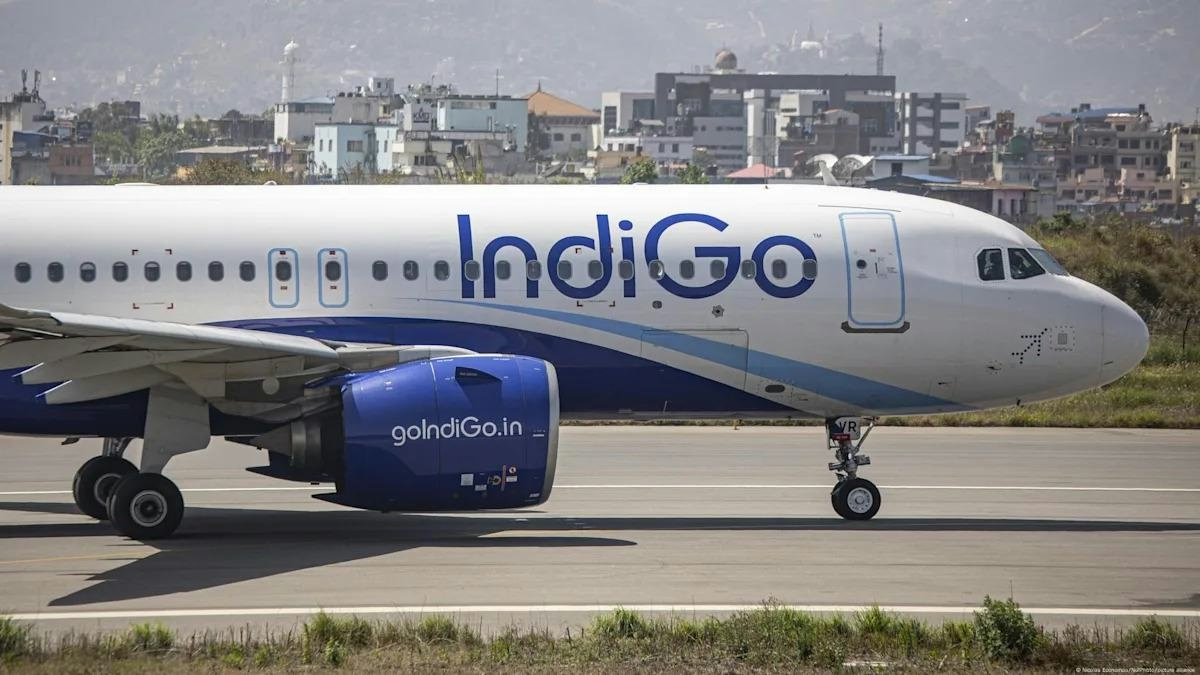
AeroGenie — Your Intelligent Copilot.
Trending
Categories
The New Aircraft Replacing the Boeing 777-200ER
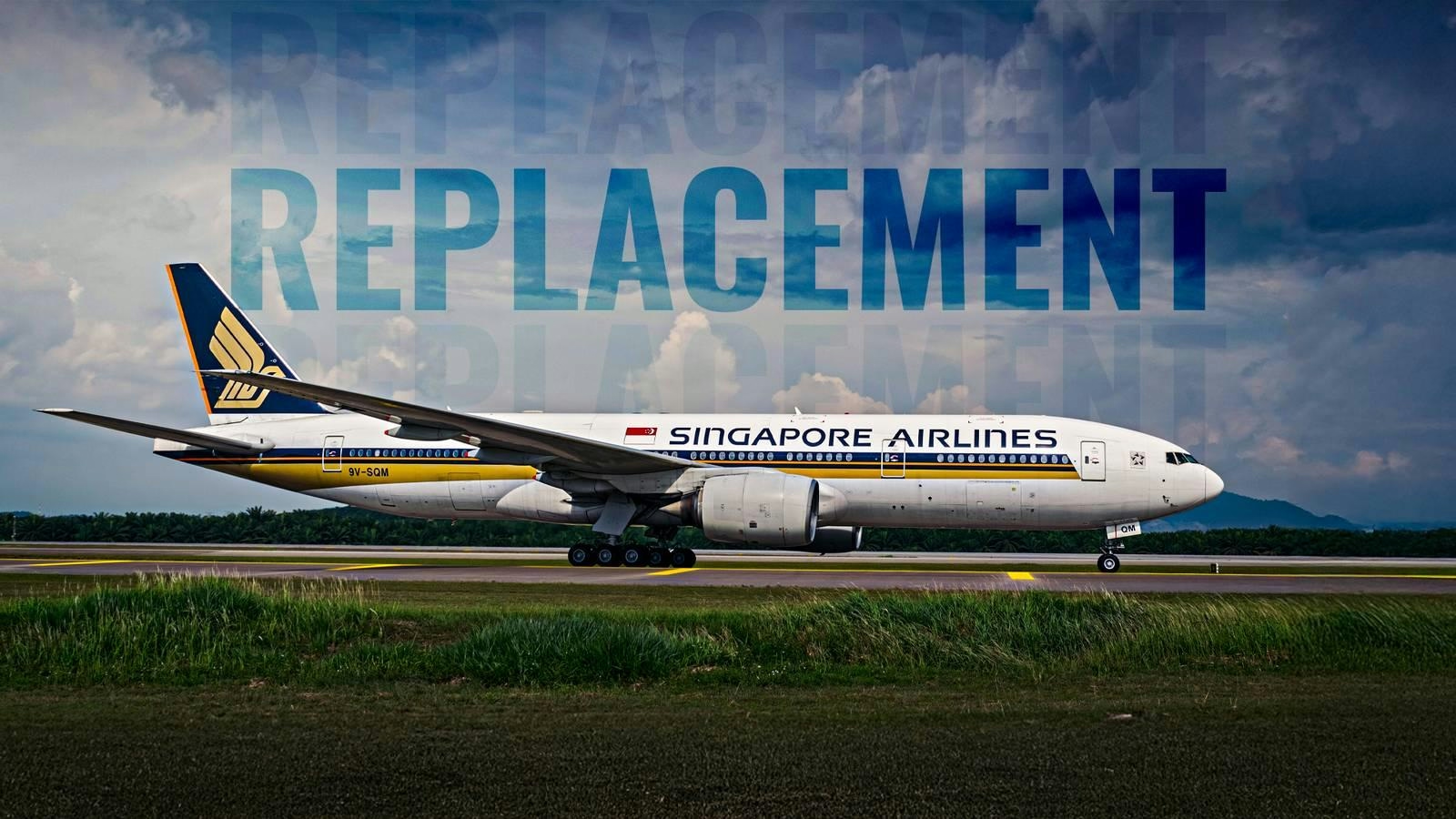
The New Aircraft Replacing the Boeing 777-200ER
The Boeing 777-200ER has been a pivotal aircraft in global aviation since its introduction in the late 1990s. Renowned for its impressive range and reliability, it effectively bridged the gap between the smaller 767 and the larger 747, becoming a preferred choice for airlines operating major intercontinental routes. Its combination of capacity, efficiency, and dependability established a high standard for long-haul travel. However, the aviation industry is now transitioning to a new generation of aircraft designed to better address contemporary demands for sustainability, digital innovation, and enhanced passenger comfort.
A Legacy of Reliability and Reach
The launch of the 777-200ER marked a significant advancement in twin-engine, long-range flight. Major carriers such as British Airways, United Airlines, and Japan Airlines rapidly incorporated the aircraft into their fleets, capitalizing on its ability to operate ultra-long-haul routes without the complexities associated with four-engine planes. The aircraft’s robust performance, spacious cabin, and ETOPS certification made it indispensable for transpacific and transatlantic services. Over nearly three decades, the 777-200ER earned a reputation for operational efficiency and reliability, securing its status as one of Boeing’s most successful widebody models.
In recent years, however, tightening environmental regulations and evolving passenger expectations have driven airlines to seek aircraft with superior fuel efficiency, lower emissions, and advanced digital systems. The gradual phase-out of the 777-200ER reflects a broader industry shift toward lighter, composite-structured aircraft that promise reduced operating costs and a smaller carbon footprint.
The Next Generation: 787, A350, and 777X
The retirement of the 777-200ER from leading airline fleets has opened the door for successors such as the Boeing 787 Dreamliner, Airbus A350, and the forthcoming Boeing 777X. These aircraft build upon the 777-200ER’s foundation by offering enhanced fuel efficiency, quieter engines, and the use of advanced materials. Airlines are increasingly adopting these models to comply with regulatory standards and to satisfy growing passenger demand for comfort and sustainability.
Nonetheless, the transition is not without obstacles. The introduction of Boeing’s 777-9, a flagship model within the 777X family, has been delayed due to ongoing Federal Aviation Administration (FAA) certification processes, postponing its entry into service. This delay has compelled airlines to adjust their fleet strategies temporarily. For instance, American Airlines is upgrading its existing 777-200ERs with the new Flagship Suite business class while also installing the same premium seating on its incoming Airbus A321XLR aircraft. Similarly, carriers such as Air Canada and United Airlines are preparing to receive A321XLRs, reflecting a broader industry trend toward versatile, fuel-efficient narrowbodies capable of serving long-haul routes.
Global Competition and Market Shifts
The evolving aircraft market is not confined to established manufacturers alone. In India, Hindustan Aeronautics Limited (HAL) has partnered with Russia to produce the SJ-100 jet, introducing new competition for Boeing and Airbus in one of the world’s fastest-growing aviation markets. This collaboration highlights the dynamic and competitive nature of the global aerospace industry as manufacturers and airlines respond to shifting regulatory, environmental, and commercial pressures.
Looking Ahead
As the Boeing 777-200ER nears retirement, its successors are reshaping the future of long-haul air travel with a focus on efficiency, sustainability, and passenger experience. While challenges such as certification delays and intensifying competition persist, this transition represents a significant evolution in global aviation, ensuring that the legacy of reliable, far-reaching connectivity endures into a new era.

FlyOnE Launches Air-Taxi Service to Rottnest Island
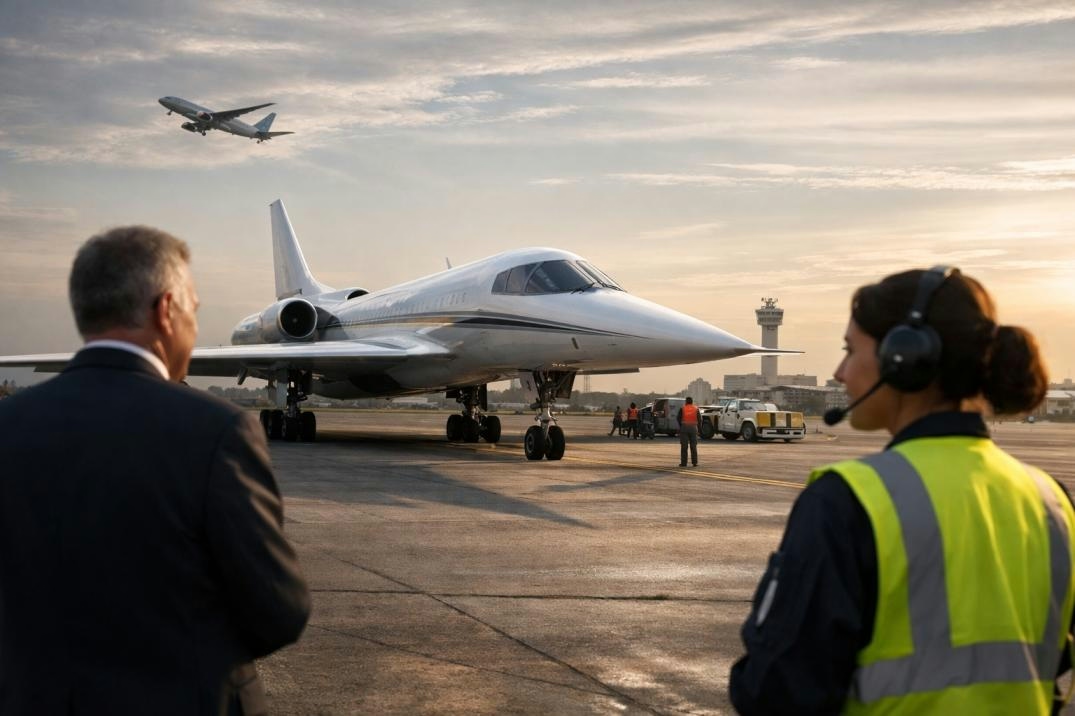
U.S. Plans to Resume Civil Supersonic Flights with Industry Support

MIT Proposes Method to Reduce Airplane Contrails and Climate Effects

The Boeing 747-8: Why It’s Rare on U.S. Routes and How to Experience It Abroad
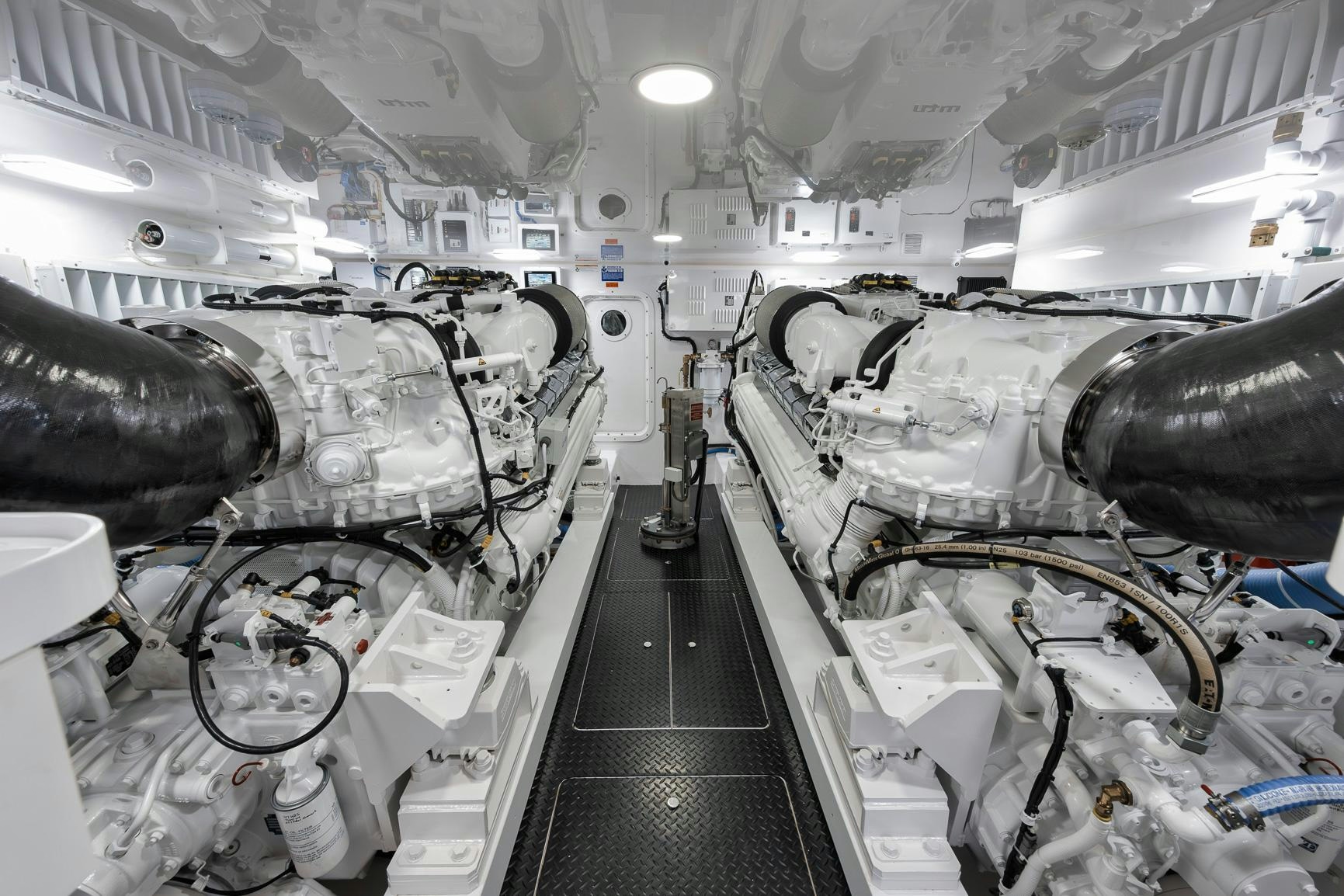
Why Aircraft Engines Lack Screens or Grills
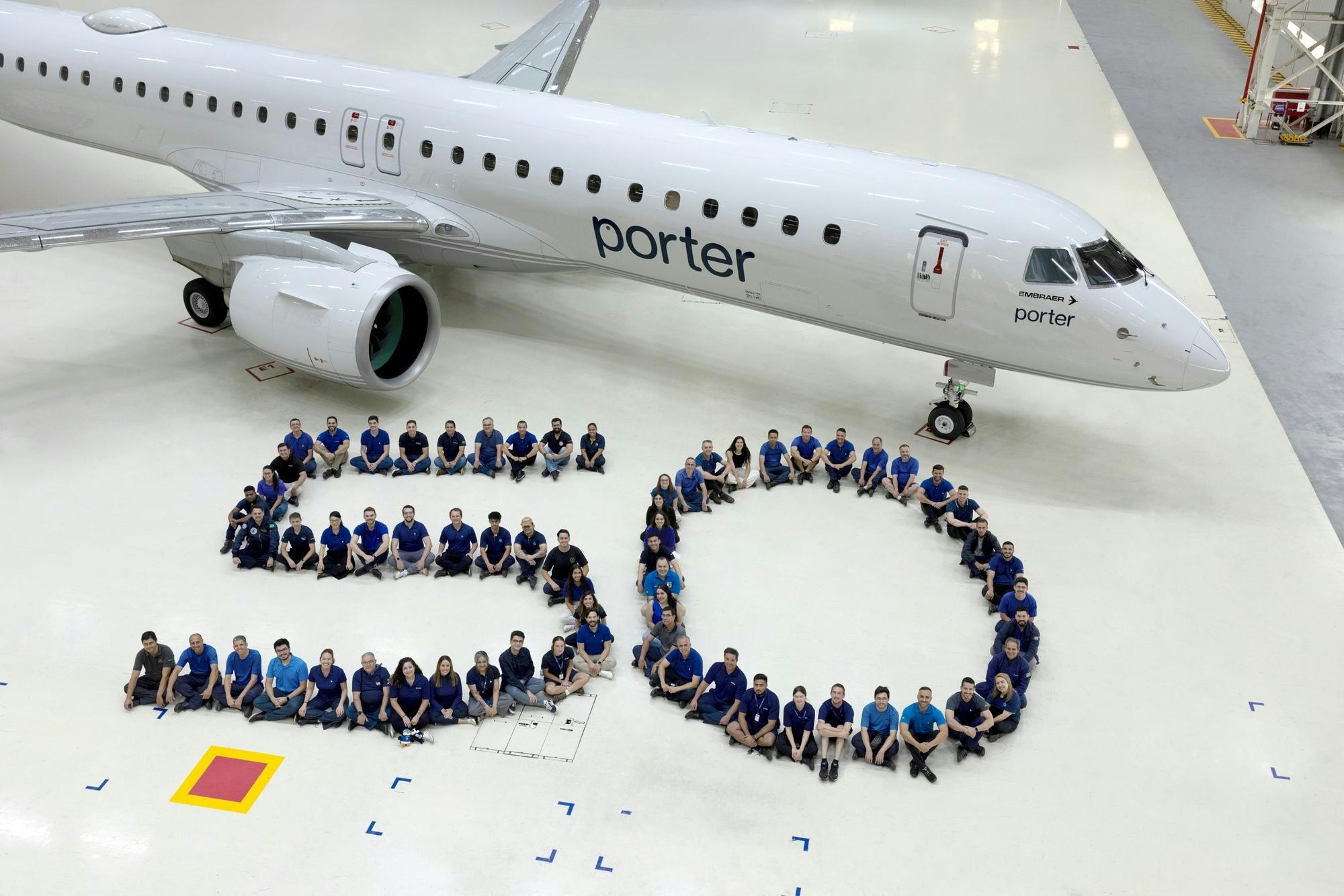
Porter Airlines Receives 50th Embraer E195-E2 Aircraft
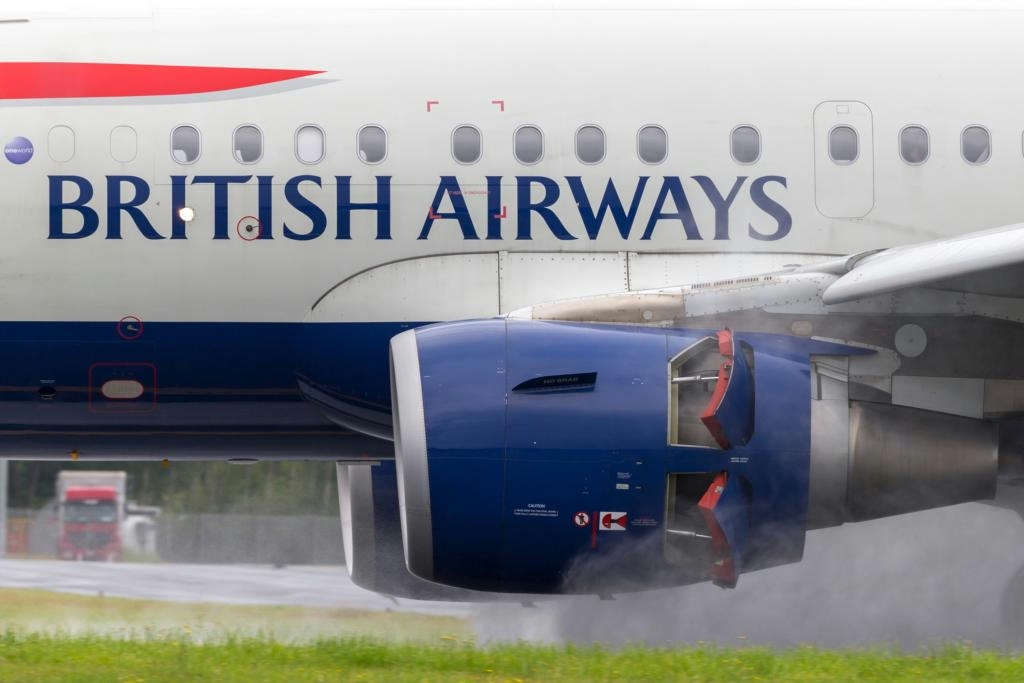
How Aircraft Engines Use Reverse Thrust During Landing

AI-Powered Air Traffic Control Integrated into Home Flight Simulators
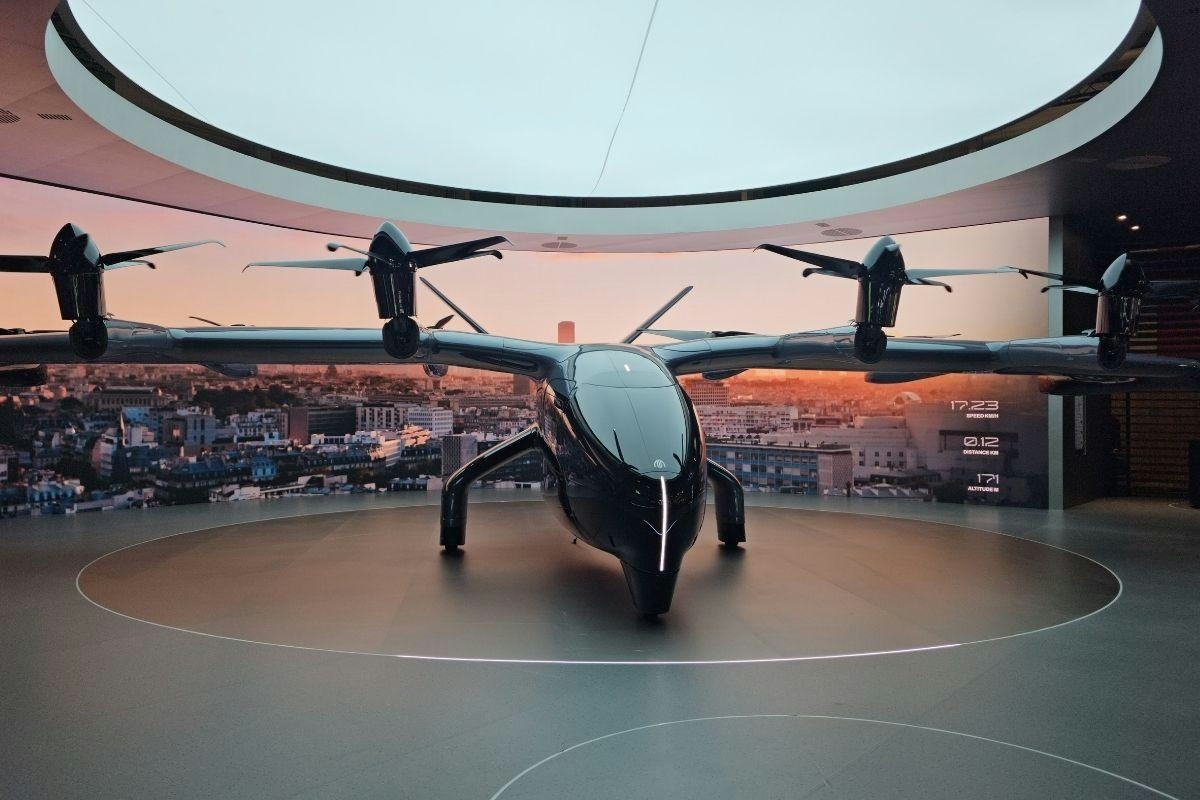
Autonomous Flying Taxis Prepare to Enter U.S. Airspace
